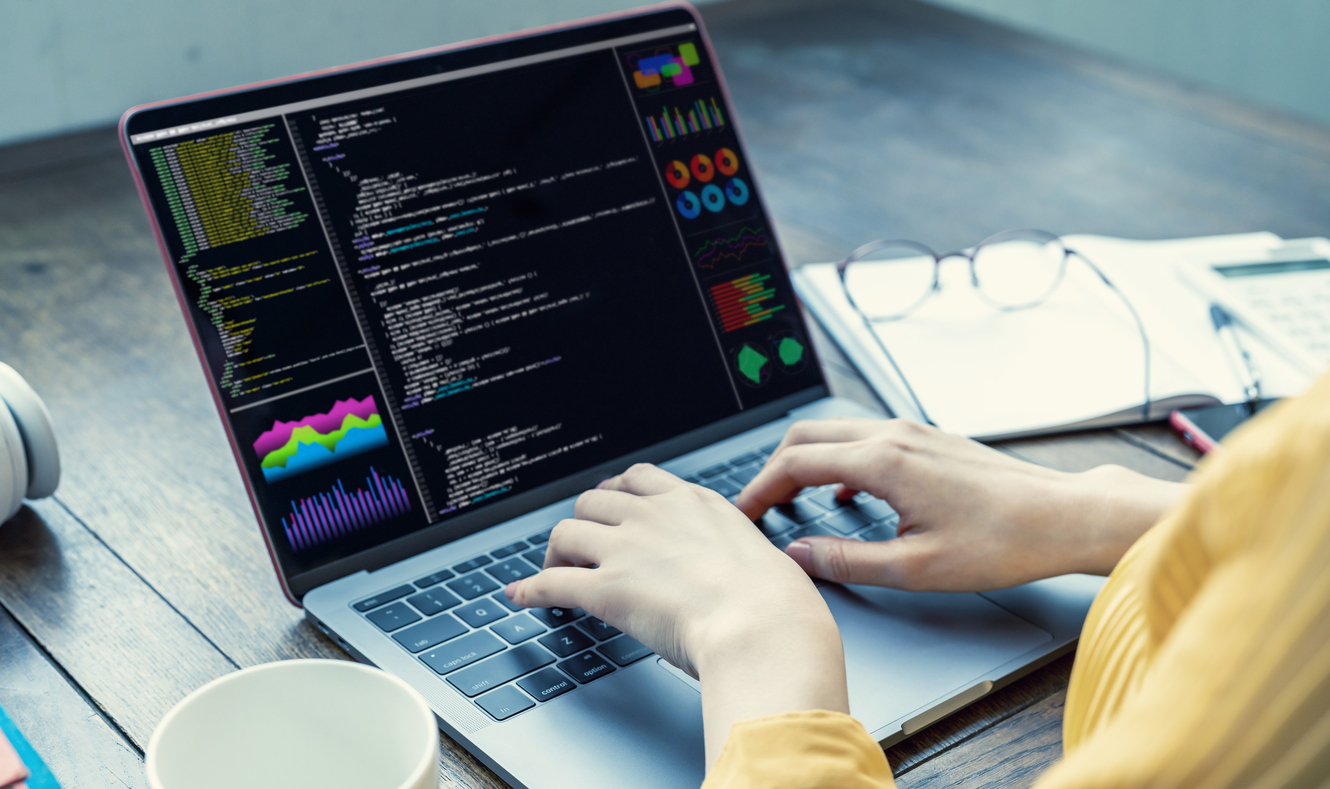One of the top programming languages is Python. Because it is compatible and simple to learn, coders love it. You can use Python for several reasons. Its extensive selection of Python Libraries is one of the reasons it is so well-liked. Python libraries are a collection of practical tools that remove the need for creating new code from scratch. They are crucial in creating apps for image and data manipulation, data science, machine learning, and more. You can learn detailed notes about the python libraries in an online python course. Here are the 10 python libraries you need to know about in 2023:
Numpy
NumPy is a numerical computation Python module that can handle enormous quantities of data processing and array computations. The developers created numerous features to deal with high-performance multi-dimensional arrays. The factorization of arithmetic operations provided by NumPy matrices increases speed. It offers a broad selection of mathematical procedures for performing typical tasks like addition, subtraction, multiplication, division, and more. NumPy also works efficiently with other libraries frequently used in data science.
Ramp
It is a Python tool used to create machine learning models quickly. The ramp offers an easy-to-understand declarative syntax for investigating features, methods, and transformations. It is a simple, pandas-based machine-learning framework that works well with current Python statistics and machine learning tools.
Seaborn
You can create more captivating and illuminating graphics after getting python certification. With Seaborn, visualization will play a crucial role in discovering and understanding data. Seaborn for showing statistical information. They consist of themes, color schemes, and unique fonts.
TensorFlow
A high-performance software library for numerical calculation is TensorFlow. Python developers also utilize a well-known math library when developing machine learning and deep learning algorithms. Scientists and academics use it today for sophisticated mathematical computations and machine learning methods.
Keras
One of Python’s most attractive machine learning libraries is called Keras. By doing so, neural networks can be expressed more simply. Moreover, Keras offers some of the top tools for creating models, handling large data sets, viewing graphs, and much more. Internally, Keras employs TensorFlow or Theano in the backend. Every model in Keras is transportable. Because Keras is entirely based on Python, it is simple to study and troubleshoot.
LightGBM
LightGBM is excellent for developing novel machine learning methods to redefine basic models. LightGBM is user-friendly while yet ensuring high manufacturing quality. Gradient Boosting allows for quicker training while also decreasing the likelihood of mistakes. For standard machine learning, you can use LightGBM. In comparison to other libraries, it offers excellent scalability, and faster gradient boosting is to be expected.
Pandas
Python’s Pandas package for machine learning offers high-level data structures and various analytical tools. This library’s excellent property of translating complicated operations with data utilizing one or two commands. Regarding grouping, combining, and filtering data, as well as time-series functionality, Pandas has many built-in techniques. Pandas ensure that all aspects of data manipulation will be simpler.
PyBrain
PyBrain has neural network techniques that can be utilized for cutting-edge research while also being accessible to beginning students. The objective is to provide machine learning algorithms that are straightforward, adaptable, and strong while also having a variety of pre-established contexts in which to test and evaluate them.
Dash
Dash functions as the front end to the analytical Python backend for everything from data exploration to experiment monitoring. This productive Python framework is appropriate for data visualization applications that are especially suitable for every Python user.
Statsmodels
Data scientists can access a variety of statistical models as well as tools from the statsmodels library. Generalized linear models, as well as logistic regression, are among the models. It combines with Pandas quickly and fluidly to analyze and display data stored in data frames.
Final words
The list above contains some of the best Python libraries. Knowing that these libraries frequently receive updates and improvements will help them stay up with Python’s expansion and rising notoriety. Understanding one of these well-known libraries will help you understand the language more thoroughly and become a more effective Python developer.

